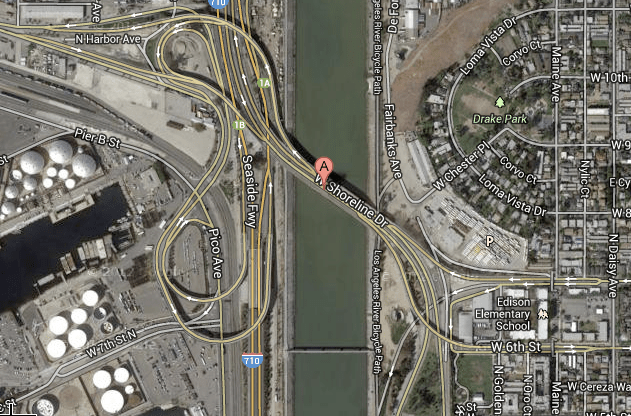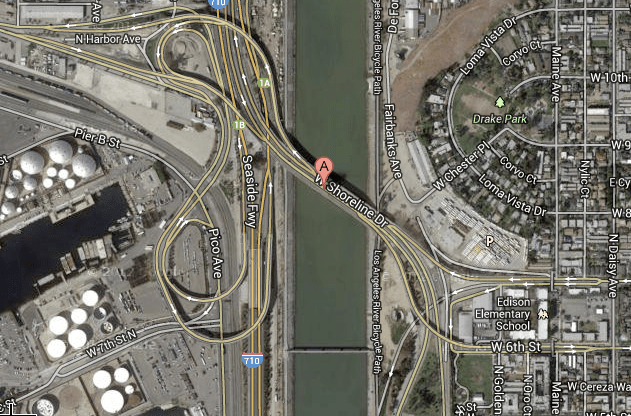The author would like to thank City Fabrick and its team for contributing to this piece.
Well, damn. I've hit one of those moments where, unable to find even the slightest bit wrong with a proposition, I humbly tip my hat. To a politician. For his idea. About adaptive reuse no less.
The adaptive reuse that has occurred in Long Beach has been largely geared towards housing and commercial development: the Meeker-Baker and Press-Telegram takeover by Millworks, the Kress Lofts, the Temple Lofts (of which said politician is a resident), the Peterson Lofts... lofts, lofts, lofts.
And the other reuse projects remain, albeit innovative, smaller in scale: the several parks -- nearly a dozen according to City Fabrick -- which have utilized old railroad right-of-ways do not remotely approach the boldness of what can be done.
This isn't to criticize the effort put forth; after all, places such as Trolley Park barely cover an acre of space and given this, density is clearly an issue. But one can't help but chuckle that a .23-acre of space is considered a park in the eyes of Long Beach or that the corporate landscaping on Ocean is considered Victory Park (yes, I truly mean the landscaping) or that our newest "park," Harvey Milk Park, hovers at .20-acre (though the awesomely named park -- the first to be named after the slain LGBT leader -- was just as awesomely called "small but mighty in message" by its creator, Vice Mayor Robert Garcia).
And here, Garcia provides the segue.
It turns out that Garcia wants something mighty in both scale and message -- at least for Long Beach. His proposal to achieve such a stance? Use what will soon-be-the-former Shoemaker Bridge -- to be replaced by a new one via Measure R funds set for vote at next week's City Council meeting to go along with the still-in-planning I-710 expansion project--and, instead of demolishing the bridge, turning it into a park. That's right: taking the singular, 1,000 foot vein which currently connects 710 traffic to the entirety of downtown and, once it no longer serves that purpose a la a new bridge, making it green.
Dare I say, is this almost too perfect of an idea?
The boldness of the concept is what is mostly refreshing, paralleling the innovation that is the urbanerd-heaven that is New York City's mile-long Highline Park and the ambitious Atlanta Beltline. The idea finally -- finally -- leaves the quotes off of park and presents in an area desperate for park space, a true park space... And without the need to force any significance on it because the space, in and of itself, it so ready to be ulitized.
If this were to materialize, it would single-handedly double the size of Cesar Chavez Park while also connecting to Drake Park, currently being revamped.
Set to be demolished, Garcia will propose next Tuesday that the 1959 bridge be saved--and one can only hope that, following the examples of other brilliant adaptive reuse projects that result in greenspace, his fellow councilmembers will see the brilliance as well.








